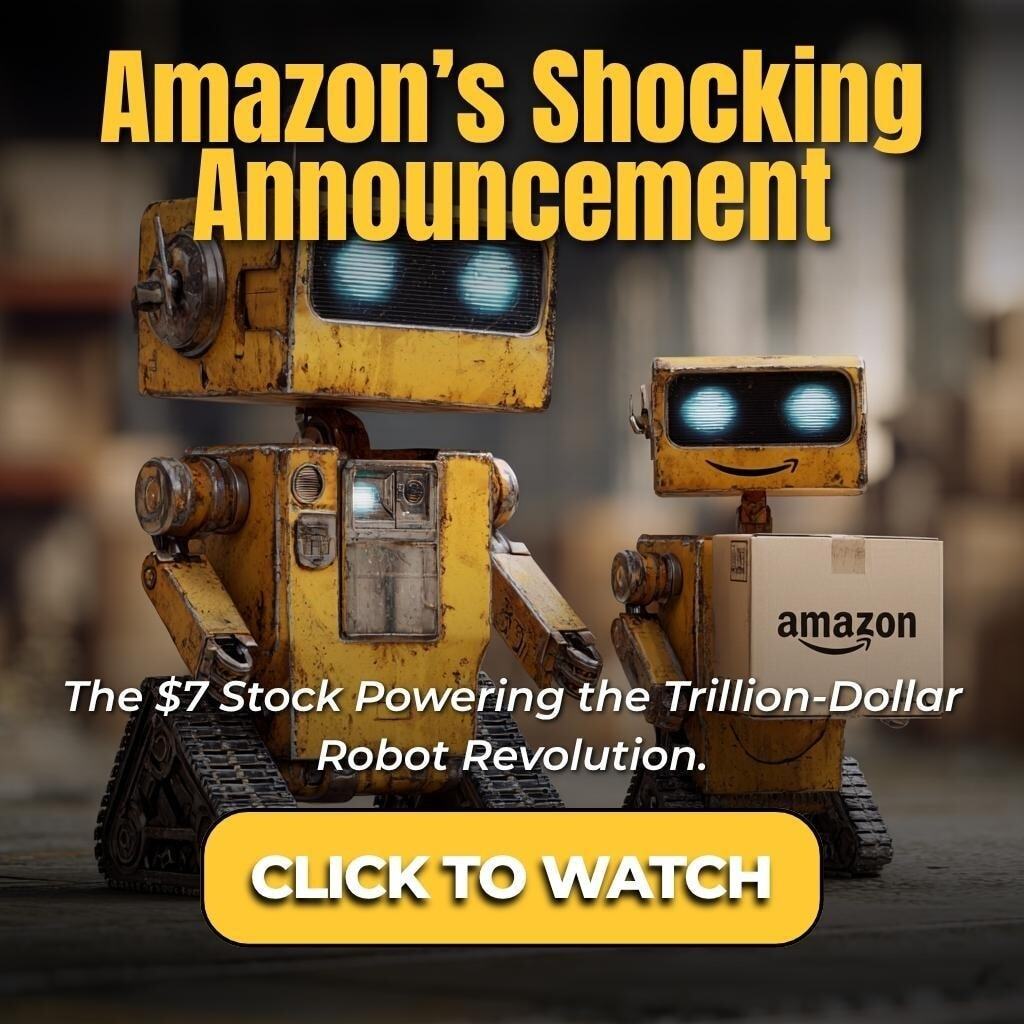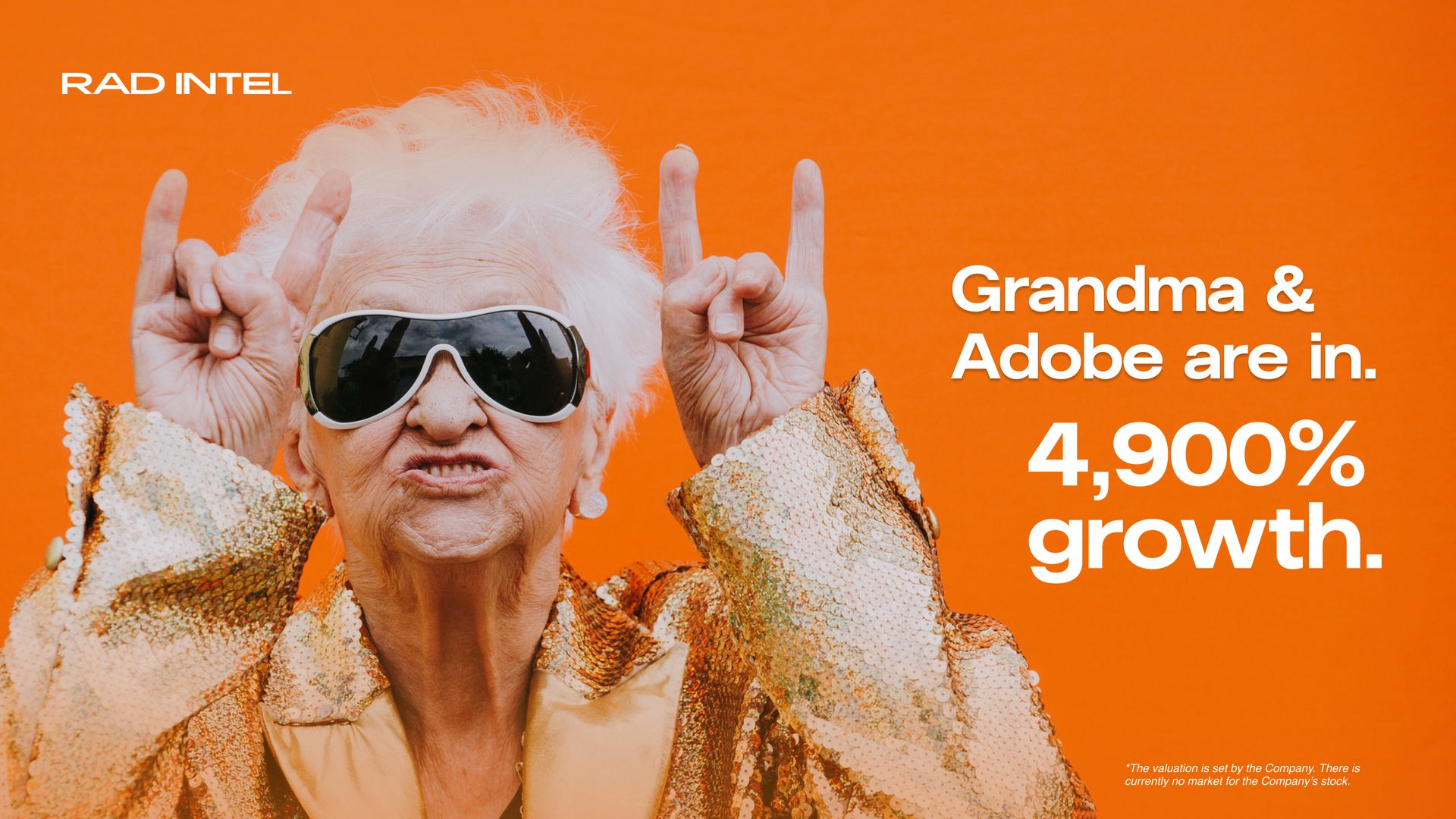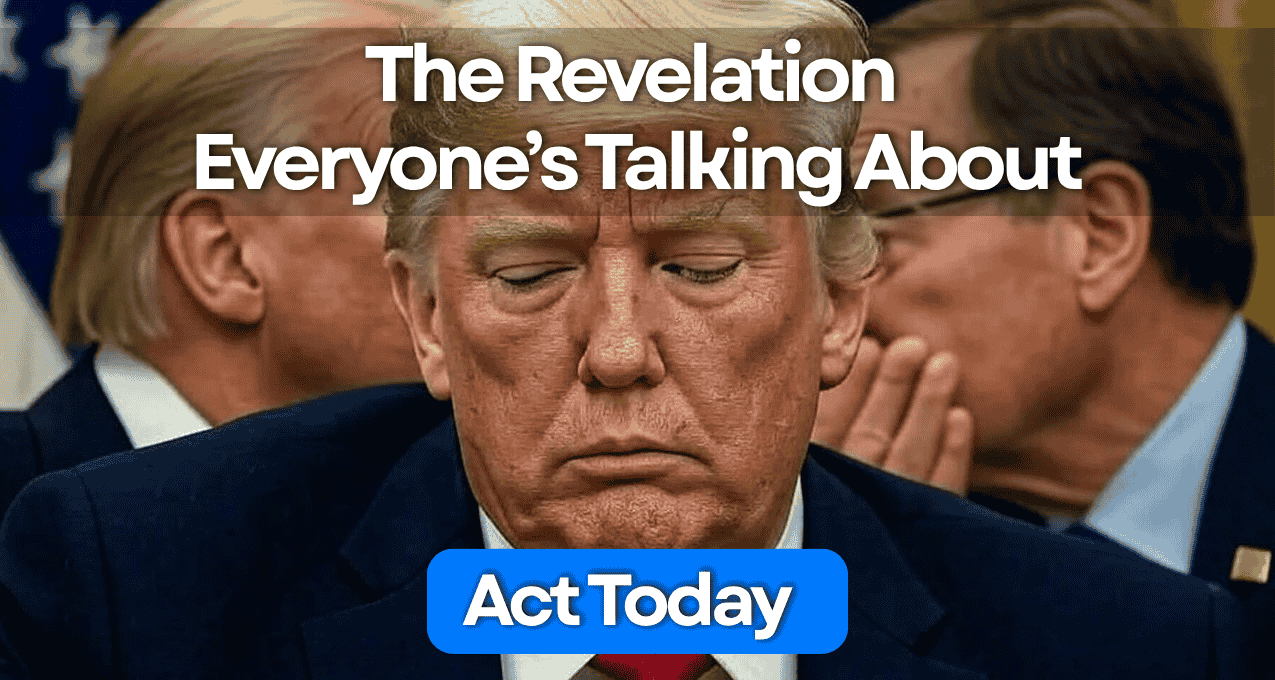Last week, Tesla shareholders approved a $1 trillion compensation package while the company's net income fell 37%.
Revenue grew. Deliveries jumped. But profitability collapsed.
If you own an S&P 500 index fund, you just inherited this bet without voting on it. Here's what the numbers actually mean.
Tesla's Profit Problem
Tesla's Q3 2025 results expose a fundamental contradiction that should concern any investor holding S&P 500 index funds.
Revenue climbed 12% YoY to $28.1 billion.
EV deliveries jumped 14% to 497,099 units.
Yet net income collapsed 37% to $1.37 billion.
This isn't noise. This is a signal.
Tesla sold more cars but made dramatically less money doing it.
Gross margin compressed from 19.8% to 18%. Operating margin fell from 8.9% to 5.8%.
EPS dropped 19% to $0.50 from $0.62.
Every unit of growth cost Tesla more in profitability than it generated in scale.
Key Financial Metrics:
Market Cap: $1.43T
P/E Ratio: 287
YTD Return: +6.36%
Free Cash Flow (Q3 2025): $2.7 billion, down from $3.3 billion in Q3 2024
Operating expenses surged 50% YoY.
The company poured billions into AI research, FSD development, and preparation for the Cybercab robotaxi launch scheduled for April 2026.
Regulatory credit revenue, historically a high-margin buffer, fell 44% from $739 million to $417 million.
Tesla isn't managing a temporary margin squeeze. It's executing a deliberate pivot away from current profitability toward future optionality. Whether that pivot succeeds determines whether shareholders get rewarded or punished.
Musk’s $1 Trillion Pay
Last week 75% of Tesla shareholders approved the largest compensation package in corporate history.
Elon Musk stands to receive equity worth up to $1 trillion if Tesla reaches an $8.5 trillion market cap within ten years.
To put that in context: Tesla traded at $412 billion (just before Musk’s $1 trillion pay package).
Reaching $8.5 trillion requires a 21x increase, a 466% gain from current levels.
That would make Tesla $TSLA 70% larger than Nvidia's $NVDA peak valuation of $5 trillion and dwarf every other company on earth by an unprecedented margin.
The compensation structure ties payouts to four core milestones:
20 million vehicle deliveries over 10 years (double Tesla's cumulative historical production)
1 million operational robotaxi trips (technology not yet proven at scale)
10 million Full Self-Driving subscriptions (software still in supervised beta)
$400 billion in annual revenue (300x current profit levels)
Institutional opposition was notable but insufficient.
Norway's sovereign wealth fund voted against the package. Proxy adviser ISS recommended rejection. But retail enthusiasm and insider control carried the vote.
What we're about to embark upon is not just a new chapter for Tesla's future, but an entirely new book.
That rhetoric reflects confidence.
It also reflects concentration of risk in a single individual's execution capacity across multiple unproven technologies simultaneously.

$1K Could’ve Made $2.5M
In 1999, $1K in Nvidia’s IPO would be worth $2.5M today. Now another early-stage AI tech startup is breaking through—and it’s still early.
RAD Intel’s award-winning AI platform helps Fortune 1000 brands predict ad performance before they spend.
The company’s valuation has surged 4900% in four years* with over $50M raised.
Already trusted by a who’s-who roster of Fortune 1000 brands and leading global agencies. Recurring seven-figure partnerships in place and their Nasdaq ticker is reserved: $RADI.
Now open at $0.81/share, allocations limited – price moves on 11/20.
This is a paid advertisement for RAD Intel made pursuant to Regulation A+ offering and involves risk, including the possible loss of principal. The valuation is set by the Company and there is currently no public market for the Company's Common Stock. Nasdaq ticker “RADI” has been reserved by RAD Intel and any potential listing is subject to future regulatory approval and market conditions. Investor references reflect factual individual or institutional participation and do not imply endorsement or sponsorship by the referenced companies. Please read the offering circular and related risks at invest.radintel.ai.

Reality Check
Tesla's margin compression isn't accidental. It's the cost of funding three parallel moonshots:
1. Cybercab Robotaxi (Launch: April 2026)
A steering wheel-free, pedal-free vehicle designed for autonomous ride-hailing. Projected cost: $30,000 per unit.
Production target: one vehicle every 10 seconds using simplified Model 3 architecture and in-house 4680 battery cells. Launch cities include Las Vegas, Phoenix, Dallas, Houston, and Miami.
The technology remains unproven at commercial scale. Regulatory approval is uncertain. Unit economics are speculative.
2. FSD v14
Full Self-Driving just released October 2025, introduced four driving modes—SLOTH, CHILL, HURRY, and MAD MAX—ranging from conservative to aggressive lane changes. Tesla claims improvements in object detection and smoother navigation.
Consumer reports continue documenting phantom braking, speed limit violations, and occasional system hallucinations. Musk's promise of "unsupervised" FSD remains aspirational.
The gap between beta testing and true autonomy represents both regulatory and technical uncertainty.
3. Optimus Humanoid Robot (Q1 2026)
Tesla's third-generation humanoid robot targets commercial production.
Musk frames this as a long-term transformational opportunity.
Current financial contribution: zero. Production timeline: undefined. Market adoption: speculative.

Mag7 Concentration Risk
Tesla represents one-seventh of the "Magnificent Seven" tech stocks that collectively constitute 34% of the S&P 500 index. The others—Nvidia $NVDA, Apple $AAPL, Microsoft $MSFT, Amazon $AMZN, Alphabet $GOOGL, and Meta $META—share a common characteristic: current profitability subordinated to future optionality.
This creates a structural problem for index investors.
A typical allocation to $SPY or $VOO automatically places one-third of capital into seven companies betting on AI, autonomous systems, and tech disruption.
If those bets underperform, if robotaxis face regulatory delays, if AI returns disappoint, if hardware cycles weaken—the entire index absorbs the downside.
$TSLA Tesla's Q3 results illustrate the broader pattern.
The company isn't failing. It's spending.
The question is whether that spending generates returns proportional to the opportunity cost.
What This Means
Three scenarios frame the risk-return distribution:
Scenario 1: Full Success
Cybercab launches on schedule and achieves profitability. FSD reaches unsupervised capability. Optimus scales into commercial production.
Tesla hits $8.5 trillion. Musk collects his trillion-dollar package. S&P 500 investors enjoy substantial gains.
Scenario 2: Partial Success
Robotaxi launches but adoption lags projections. FSD improves but remains supervised. Optimus stays niche.
Tesla grows 50-100% over a decade but falls short of $8.5 trillion.
Musk receives partial compensation. Index investors see modest outperformance from Tesla offset by concentration risk elsewhere in Mag7.
Scenario 3: Underperformance
Regulatory delays push Cybercab beyond 2026. FSD faces safety challenges that prevent full autonomy. Optimus remains prototype-stage. Tesla stagnates or declines.
Musk's compensation package yields minimal value. Index concentration in Mag7 produces broad underperformance.
Practical Response
Investors holding S&P 500 index funds should recognize what they own: a portfolio where 34% of capital depends on seven companies executing long-term technology bets successfully and simultaneously.
That concentration isn't inherently wrong. But it's not diversification in the traditional sense.
Consider these adjustments:
Add equal-weight exposure (RSP) to reduce mega-cap concentration
Include small-cap allocations (IWM, SCHA) to capture different return drivers
Monitor milestone execution on Cybercab, FSD, and Optimus launches
Track executive retention as a proxy for internal confidence
Evaluate regulatory developments around autonomous vehicle deployment
The November shareholder vote wasn't just about compensating Musk.
It was a referendum on whether Tesla should prioritize current earnings or future moonshots.
Shareholders chose the latter. That choice has consequences.
Index investors inherited those consequences without casting a vote.
Understanding the implicit bet, and adjusting portfolio construction accordingly, separates intentional allocation from passive accumulation of concentrated risk.
Tesla's Q3 numbers tell the story clearly: growth without profit is a choice.
Whether that choice generates returns depends on execution across multiple unproven technologies over the next several years. Plan accordingly.









